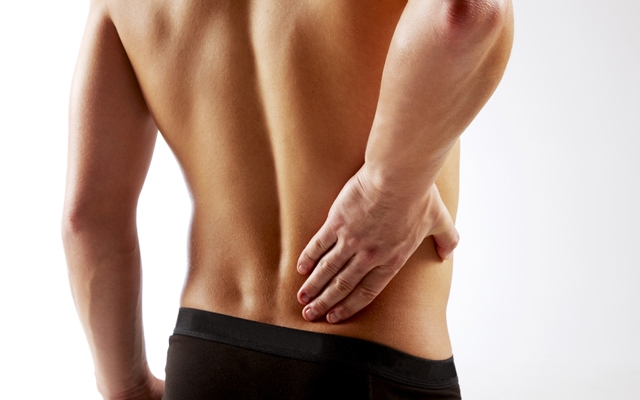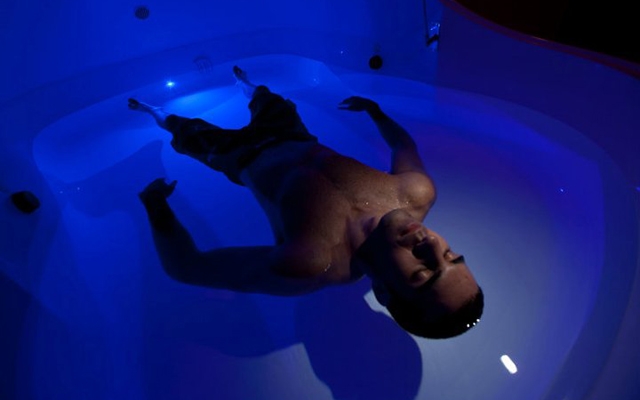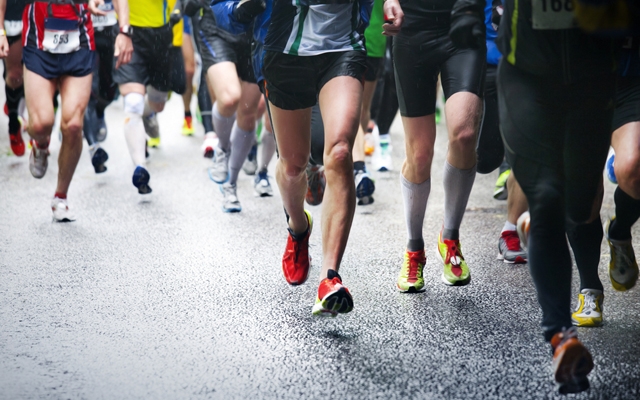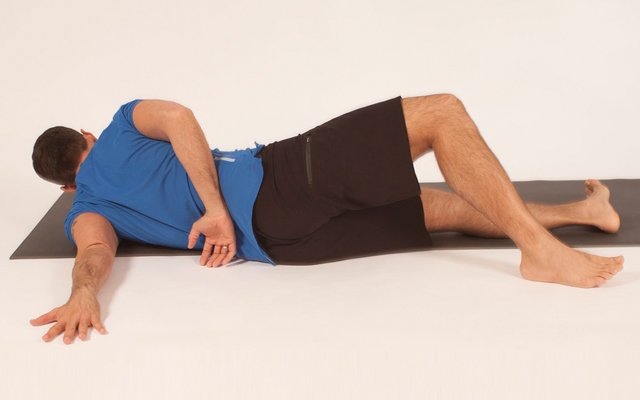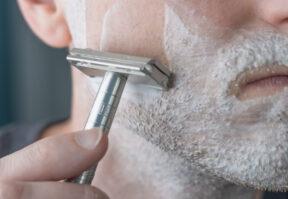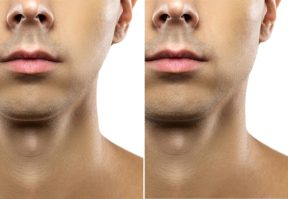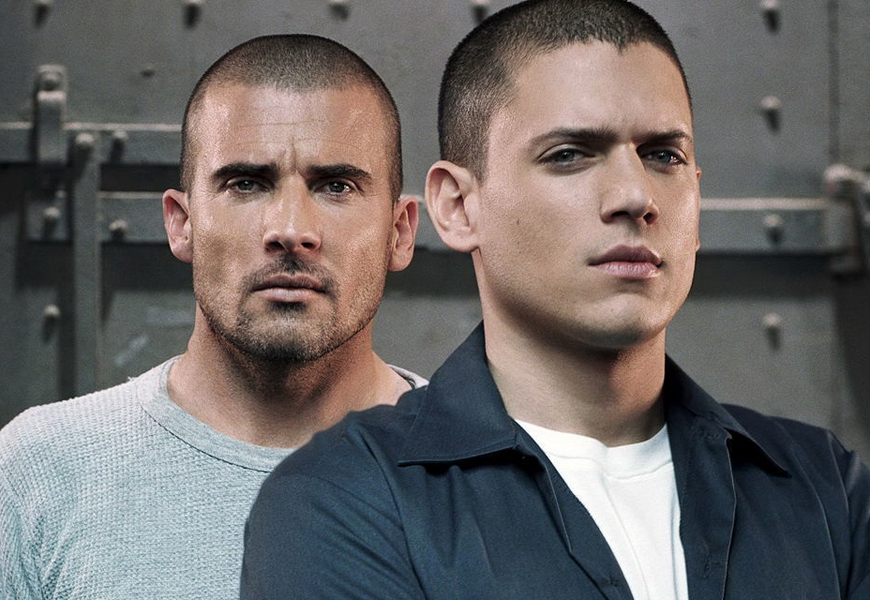The numbers suggest there’s an 80 percent chance, that at some point in your life, you’ll suffer from severe back pain. Now of that 80 percent, a large percentage of those people won’t get better and their back pain will become chronic. Thus leading them to a life of pain, suffering, and outright misery, right? Well, the back is the quarterback of the body, the thing that ties into everything and encompasses all the neural pathways leading the extremities. So if your back health is suffering, often your happiness will end up suffering. In fact, according to one study there is a real outlining connection between depression and those suffering from chronic back pain. The study states that as the level of severity of pain the people deal with increases, so does their depression.
Now can we really be surprised?
I know, myself, through my experiences with back problems that there is definitely a tie between back pain and depression. As soon as your back becomes an issue, everything becomes more difficult and you’re constantly fighting to survive and get through. Thankfully my physiotherapist at the time had a one-word cure to put my back on the right path, that word was ‘Pilates’. This is a true story — all he said was do Pilates as often as humanly possible. I took his advice and haven’t looked back since — the health of my back has improved drastically and I owe it all to my ongoing relationship with Pilates.
So I’m here to tell you how and why anyone who suffers from back problems should incorporate Pilates into their lifestyle, no matter how minor or severe their back problems are. Your back will thank you for it.
Here are 6 ways Pilates improves the health of your back:
It’s low-impact:
First off, you suffer from back pain but still need a way to stay in shape? Pilates is the perfect because it’s low-impact. Your back will not be put at risk, but you still get a resistance workout. Also, for those who say that Pilates isn’t a good enough workout and doesn’t keep your heart rate up — put a jumping board on the end of your Reformer spring, then jump between sets of whatever exercise you’re working on to keep your heart rate up. You can also do push-ups between exercises. Truth is it’s not easy finding workouts that are low-impact when you have back problems, people usually turn to the normal: swimming, bike, and the elliptical. Pilates is low impact, but still works on strengthening your back, core, and other muscles such as your glutes and hamstrings, which helps to support your back.
Strengthens your core:
People with back problems often tend to turn to Yoga first. But the primary difference between what Yoga offers people with bad backs and what Pilates offers is, strengthening. Yoga works on improving flexibility, while Pilates works on flexibility and strengthening, but flexibility in Pilates is improved through extremely controlled and stabilized movements. While Yoga really does help some people with bad backs, for other people it might have an adverse effect. This is because in Yoga, often movements put a lot of torque on the spine, which can really aggravate your back problems, but Pilates focuses on building your deep core muscles, which will provide a foundation for your entire body. This is why Pilates is such an effective back rehabilitation because it’s continuously putting your body at a disadvantage and teaching you to keep your core muscles engaged the entire time. The absolute most important thing you need to improve when you have a bad back is your core strength, which is the number one thing that Pilate’s exercises focus on.
Core alignment:
Pilates is so effective for people with bad backs because you maintain a neutral spine the entire time. Classes teach you not to flatten your lumbar spine onto the floor, as this position does not maintain a neutral pelvic tilt. So all movements are done with a neutral spine, which makes sure your pelvis is aligned, your hips are aligned, as well as focusing on using both sides of your body and core with equal weight distribution. Pilate’s reformer classes are the safest because you have the aid of springs to carry out your movements. Pilates Mat classes (like Yoga) are more advanced and something you can graduate to when your back has progressed, since you don’t have the assistance of springs and the machine to help you keep your core elements aligned and stabilized.
Control:
Again, this is a big one because it allows you to do exercises without compromising your core alignment. Clients are taught to limit movements to the mid-range, or “playing field”, where the pressure is taken off your back. In fact, Pilates’s instructors are always asking you “Do you feel it in your lower back? If so, lift your legs higher”. So they’re always making sure you’re using your core and not your lower back when working through movement sequences. Also, Pilates is about doing the exercises slowly and properly, there are no awards for being the fastest. For this reason, you learn to carry out proper movement patterns at a gradual pace, while keeping your back in safe positions.
Attacks weaker muscle groups needed to support your back:
This was the biggest thing that changed when I turned to Pilates to help rehabilitate my back — my hamstrings and glutes, the muscles needed to support my back, were so weak in the beginning of my rehabilitation, but after enough work became stronger and took stress off my back. When these muscles are weak you put a lot more pressure on your back, particularly your lower back. Pilates addresses this issue by doing a lot of bridgework that makes sure your glutes and hamstrings are firing and constantly re-enforcing movement patterns by engaging them in exercise. Pilates also works out the entire body, every nook and cranny, every tiny little muscle group, so it takes care of muscle imbalances to be sure the body is working together as one cohesive unit. So often with back problems is there are weaker muscles, which force a bigger workload on the back, and when you’re already dealing with issues this just adds insult to injury.
Improves posture:
Pilate’s exercises focus on lengthening your spine and muscles when working through exercises. It does this by making sure your muscles and spine go through the full range of motion in proper coordination with one another. All movements with your neck are done in perfect alignment with the rest of your spine, which makes sure there is no unnecessary aggravation on your spine or neck, as well as helps to improve your posture. Improved posture works together with core strengthening as a unit as well, the stronger your deep core gets, the longer and more comfortably you can sit upright and keep proper posture. And all of us are aware of how crucial of a role posture plays into the health of your back. One of the biggest things I noticed with my own rehab through Pilates is how it changed the way I sit at my computer — before starting Pilates I would slump and sag right onto my keyboard practically, putting strain in my back, but now I sit upright, engage my core and am able to take the stress off my back.
—
Pilates is not a magic formula that will instantly transform your back overnight. It’s going to be a gradual change, something that will improved over time as you adopt Pilates and the positive movements it promotes as a part of your lifestyle ritual. I’m telling you through first hand experience, though, that it does work. Pilates can certainly transform your back if you believe in its changing power. You just have to be consistent and give it time. Some definite improvements you will notice are improved core strength, more balanced muscles, better flexibility, improved posture, stronger back muscles, and ultimately, an improved quality of life.
Acute and chronic back pain is something that puts even the strongest of people at rock bottom. Your back is your core. If your back goes, so does your happiness. Your back is your body’s support system and what it depends on to function at optimal strength. So don’t just sit there and surrender to your back problems and let them avalanche overtop of you, fight back and find a solution. Your happiness and the health of your back is something that you deserve to be in control of.
—
RELATED ARTICLES:
• 5 Reasons Why Every Guy Should Try Pilates
• 4 Ways To Ease Your Lower Back Pain
• 6 Ways Pilates Helps Athletes To Rehabilitate And Prevent Injuries

